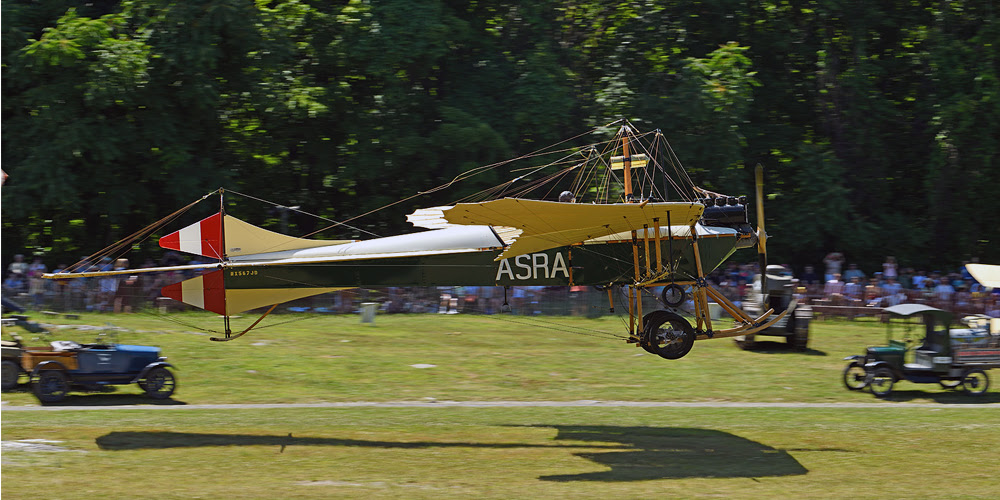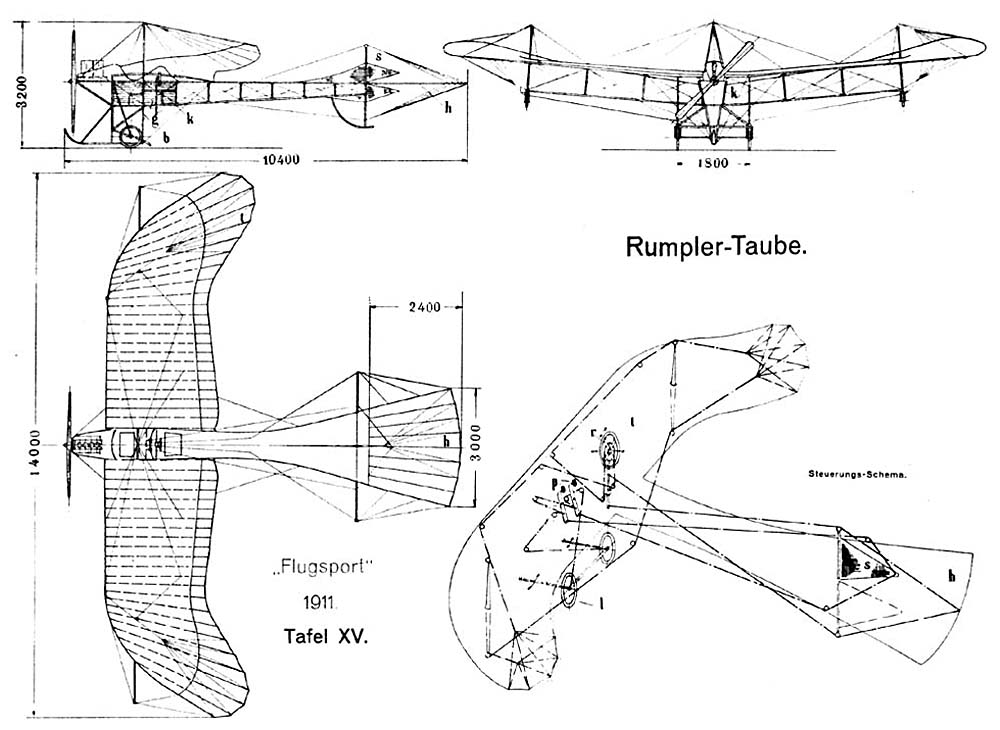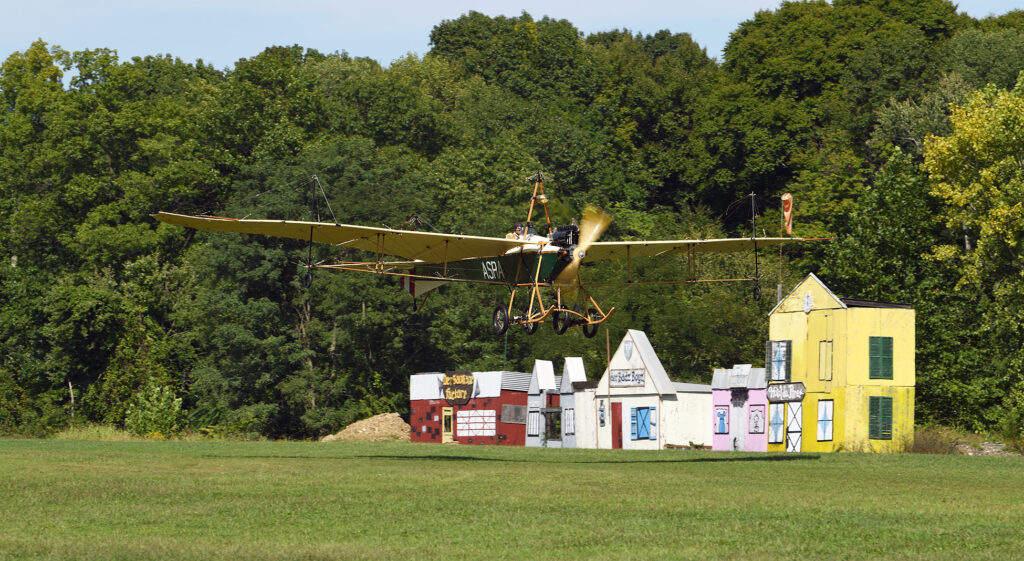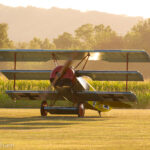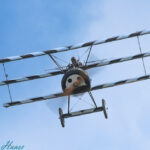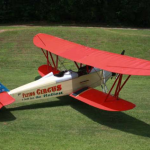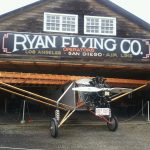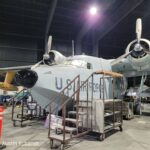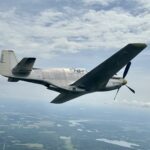In recent weeks, we featured a pair of articles detailing developments at the Old Rhinebeck Aerodrome in upstate New York. The organization is dedicated to displaying flying machines from the earliest days of powered flight. A generous donation from builder, Mike Fithian, adds a 1912 Taube replica to the collection.
In 1898 Ignaz “Igo” Etrich began experimenting with glider designs modeled on a wing-like seed pod species occurring in nature called the Zanonia Macrocarpa. By 1908, his designs evolved to accommodate engines, and the first of these upgraded designs was his tail-less, Etrich 1 parasol. By 1909, he had designed the Etrich II “Taube”. The Taube It was well-received following initial flights in 1910 in Wiener Neustadt, Austria, and soon after went into licensed production in Austria at Lohner-Werke and in Germany at Rumpler-Werke.
Conflicts among the players in the production, fears of a monopoly, and a loop-hole in the patent of the Taube caused Etrich to lose his German license protection and opened up production to numerous other firms. This caused numbers variations to spring up in both the single and two-seat models. Countless variations appeared in single and two-seat models.
In 1912, the Austrian military created the aviation corps, their own flying division, which immediately required two-place aircraft capable of landing and taking off from low cut grass fields. It was then that Etrich’s new Model F was established, as it met the requirements set out by the Austrian military. Production began at Lohner-Werker and in just over two months fourteen machines were delivered, all serialized with “A” to start, followed by odd letter combinations. Captain Robert Eyb, one of 30 licensed Austrian military pilots, spent many hours demonstrating his model F “ASRA” Taube in competitions, simulated reconnaissance missions with an observer, and cross-country exercises. He was also known to take his wife up for short excursions. A discovery of his grandfather’s photos and notebook by Mike Fithian, donor of the aircraft and the grandson of Eyb, in the late 60s ignited his fascination with the early years of the pioneering of flight prior to World War I.
Mike Fithian, researched the model F for nearly five years before embarking on a full-size replica in 2007. Even though Fithian was able to retrieve partial plans and verbal advice from Austrian Heinz Linner, who built two of the Taube versions, he still had many missing construction and engineering details. Much of his recreation of the missing plans and engineering directives would be developed by painstaking trial and error by Fithian himself. He began with the reliable, 145hp De Havilland Gipsy Major air-cooled engine. Utilizing the Gipsy Major, he fabricated a temporary wooden engine mount and fuselage to use as a guide as he attempted to recrate design angles, points of attachment, and fittings. Fithian continued with this replication of the engineering plans until he secured what he felt was the most accurate replication of the original. Upon this completion of the model, he then created the final fuselage out of ash and Sitka spruce. The landing gear, wheels, axles, and fittings came next, with the hinged, wooden wings and tail assembly being the final step in the process. The wings and tail assembly were completed with Tonkin bamboo strips sewn into the Ceconite fabric to facilitate wing-warping and elevator control. Fithian’s hangar/workshop only had an opening of 41′, necessitating the 47′ wingspan of his Taube replica to have hinged, folding wings.
The Taube includes wing-warping (outer trailing edge), in lieu of traditional ailerons, pitch controlled by the warping of the horizontal stabilizer, in lieu of a hinged elevator, and a traditional hinged twin rudder that controls yaw. Light crosswind can be accommodated by the rugged, spring loaded undercarriage. Mike Fithian’s maiden voyage in 2018 found the handling of the aircraft to be fairly close to the written experiences of his grandfather while flying the original over 100 years prior. Fithian found that the Taube had limited performance, tremendous drag, and a slow rate of rolls, requiring shallow turns to avoid adverse yaw. His take-off speed was at 45 mph, and the Taube seemed to settle into a comfortable cruise speed between 57 and 60 mph. Fithian generously gifted aircraft to the Rhinebeck Aerodrome Museum in the Spring of 2022, after a series of continued flights and missions to certify it’s readiness for continued flight. The Etrich Taube Model F replica continues to fly at shows at the Rhinebeck Aerodrome Museum, and is currently considered the only flying replica of its kind in the world.







